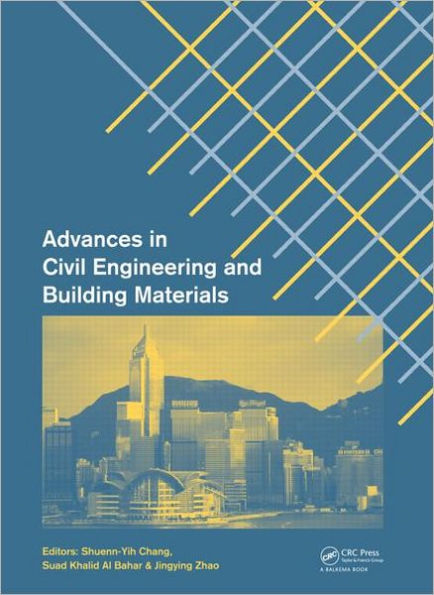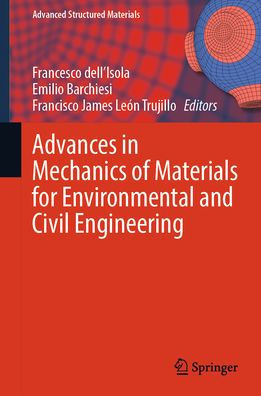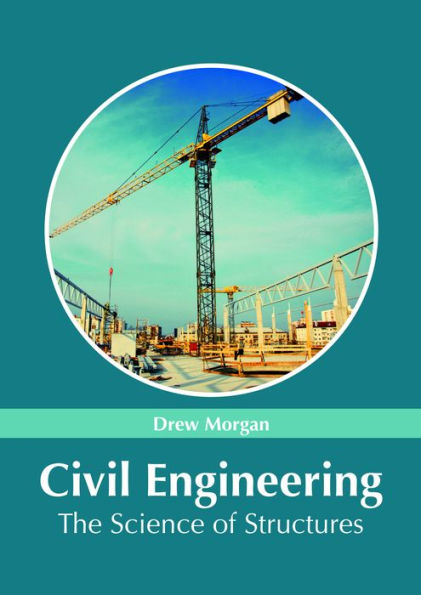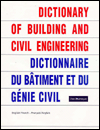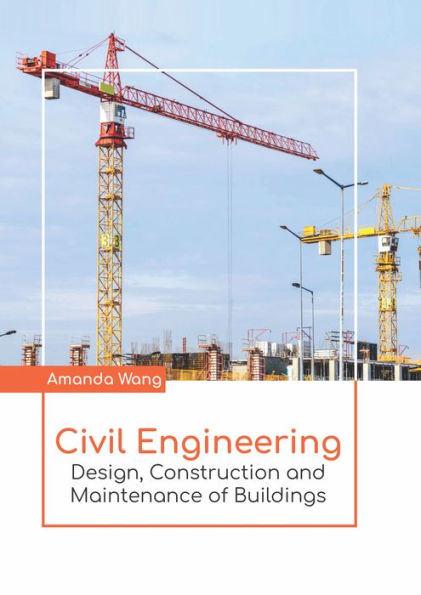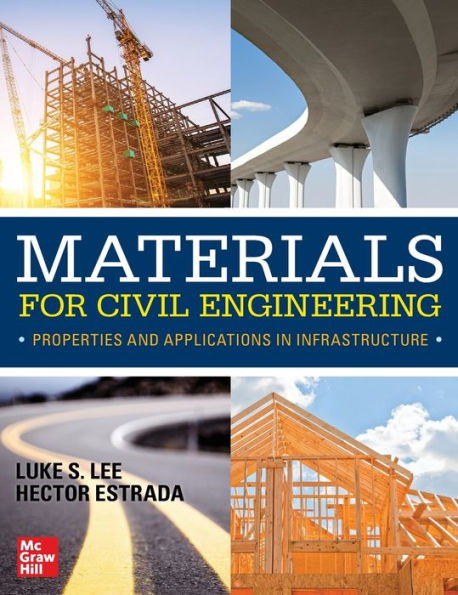Home
Advances on Testing and Experimentation Civil Engineering: Materials, Structures Buildings
Barnes and Noble
Loading Inventory...
Advances on Testing and Experimentation Civil Engineering: Materials, Structures Buildings
Current price: $199.99

Barnes and Noble
Advances on Testing and Experimentation Civil Engineering: Materials, Structures Buildings
Current price: $199.99
Loading Inventory...
Size: Hardcover
*Product information may vary - to confirm product availability, pricing, shipping and return information please contact Barnes and Noble
This book presents the most recent advances on testing and experimentation in civil engineering, especially in the branches of materials, structures, and buildings, complementing the authors’ publication
Advances on Testing and Experimentation in Civil Engineering - Geotechnics, Transportation, Hydraulics and Natural Resources
. It includes advances in physical modelling, monitoring techniques, data acquisition and analysis, and provides an invaluable contribution to the installation of new civil engineering experimental facilities. The first part of the book covers the latest advances in the testing and experimentation of key domains of materials, such as bio-cementation and self-healing, durability, and recycled materials, as well as the new environmental requirements related to the presence of hazardous substances in construction materials. Furthermore, laboratory and
in situ
tests, together with equipment needed to estimate the behaviour and durability of construction materials are presented, updating the most important technological advances. The second part of the book highlights the relevance of testing and monitoring in structures, including
tests related to static load tests, dynamic tests, and long-term monitoring strategies, as well as laboratory tests of adhesive joints. Experimental tests on shake tables and blast-resistant structures are also described. Recent applications of drone technologies for the inspection and monitoring of civil structures are another important theme developed. Finally, in its third part, the book presents new developments in the characterisation of building testing, with the support of modelling, to assess building pathology and new requirements, acoustic comfort, fire safety, visual comfort, and energy consumption.
Advances on Testing and Experimentation in Civil Engineering - Geotechnics, Transportation, Hydraulics and Natural Resources
. It includes advances in physical modelling, monitoring techniques, data acquisition and analysis, and provides an invaluable contribution to the installation of new civil engineering experimental facilities. The first part of the book covers the latest advances in the testing and experimentation of key domains of materials, such as bio-cementation and self-healing, durability, and recycled materials, as well as the new environmental requirements related to the presence of hazardous substances in construction materials. Furthermore, laboratory and
in situ
tests, together with equipment needed to estimate the behaviour and durability of construction materials are presented, updating the most important technological advances. The second part of the book highlights the relevance of testing and monitoring in structures, including
tests related to static load tests, dynamic tests, and long-term monitoring strategies, as well as laboratory tests of adhesive joints. Experimental tests on shake tables and blast-resistant structures are also described. Recent applications of drone technologies for the inspection and monitoring of civil structures are another important theme developed. Finally, in its third part, the book presents new developments in the characterisation of building testing, with the support of modelling, to assess building pathology and new requirements, acoustic comfort, fire safety, visual comfort, and energy consumption.
This book presents the most recent advances on testing and experimentation in civil engineering, especially in the branches of materials, structures, and buildings, complementing the authors’ publication
Advances on Testing and Experimentation in Civil Engineering - Geotechnics, Transportation, Hydraulics and Natural Resources
. It includes advances in physical modelling, monitoring techniques, data acquisition and analysis, and provides an invaluable contribution to the installation of new civil engineering experimental facilities. The first part of the book covers the latest advances in the testing and experimentation of key domains of materials, such as bio-cementation and self-healing, durability, and recycled materials, as well as the new environmental requirements related to the presence of hazardous substances in construction materials. Furthermore, laboratory and
in situ
tests, together with equipment needed to estimate the behaviour and durability of construction materials are presented, updating the most important technological advances. The second part of the book highlights the relevance of testing and monitoring in structures, including
tests related to static load tests, dynamic tests, and long-term monitoring strategies, as well as laboratory tests of adhesive joints. Experimental tests on shake tables and blast-resistant structures are also described. Recent applications of drone technologies for the inspection and monitoring of civil structures are another important theme developed. Finally, in its third part, the book presents new developments in the characterisation of building testing, with the support of modelling, to assess building pathology and new requirements, acoustic comfort, fire safety, visual comfort, and energy consumption.
Advances on Testing and Experimentation in Civil Engineering - Geotechnics, Transportation, Hydraulics and Natural Resources
. It includes advances in physical modelling, monitoring techniques, data acquisition and analysis, and provides an invaluable contribution to the installation of new civil engineering experimental facilities. The first part of the book covers the latest advances in the testing and experimentation of key domains of materials, such as bio-cementation and self-healing, durability, and recycled materials, as well as the new environmental requirements related to the presence of hazardous substances in construction materials. Furthermore, laboratory and
in situ
tests, together with equipment needed to estimate the behaviour and durability of construction materials are presented, updating the most important technological advances. The second part of the book highlights the relevance of testing and monitoring in structures, including
tests related to static load tests, dynamic tests, and long-term monitoring strategies, as well as laboratory tests of adhesive joints. Experimental tests on shake tables and blast-resistant structures are also described. Recent applications of drone technologies for the inspection and monitoring of civil structures are another important theme developed. Finally, in its third part, the book presents new developments in the characterisation of building testing, with the support of modelling, to assess building pathology and new requirements, acoustic comfort, fire safety, visual comfort, and energy consumption.
